Multi-room audio systems: everything you need to know
Time to fill your house with music (and speakers)
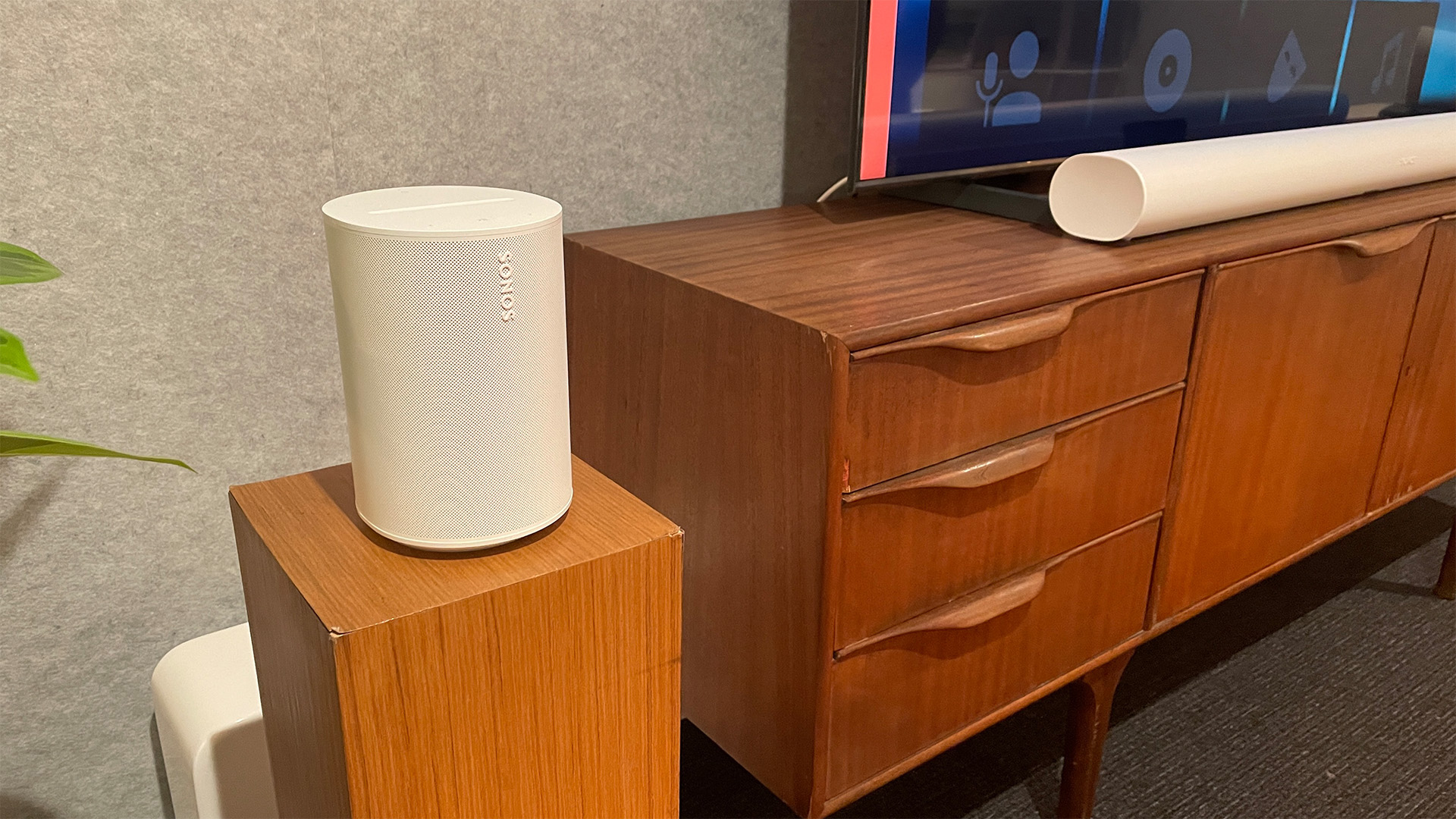
In a short space of time, multi-room audio went from an expensive fantasy to an affordable reality for pretty much everyone.
Today, you no longer need to trail wires or install complex control systems to be able to send your favourite tunes all around your home. It's all wireless and controlled by the touch of a button or even just the sound of your voice.
Nearly every wireless (wi-fi-powered) speaker can work in a multi-room environment these days, whether they belong to a family of products that share proprietary connectivity (like Bluesound and Sonos, to name just two) or support popular open multi-room platforms such as AirPlay and Google Cast. Or both. Indeed, many wireless speakers and soundbars offer multiple multi-room paths, giving you the choice to stick within one brand's ecosystem or mix 'n' match products from two or more manufacturers.
Below you'll find an introduction to multi-room audio – the what, the why and the best multi-room systems on offer to you.
So, what is multi-room audio anyway?

Two decades ago a home multi-room system would have meant a lot of wires (albeit nicely hidden, no doubt) and a fair chunk of cash. High-end custom installers can still offer such a top-notch no-stress system, of course, but a simpler wireless solution is now within everybody's reach.
Whether you want to start a new music system from scratch or upgrade an existing hi-fi set-up, multi-room means adding two or more wireless speakers or devices to your home. These then communicate with each other and can be controlled via an app on your phone, tablet or computer. And now even by your voice. You can then create different rooms of music via speaker groupings, and either play the same track in unison or have different music playing in different rooms.
You can stream music from services such as Apple Music, Spotify and Tidal (provided you have subscriptions to each), play your own music from a network-attached storage device (NAS) or computer, or stream music straight from your phone or tablet.
The latest hi-fi, home cinema and tech news, reviews, buying advice and deals, direct to your inbox.
Brands such as Sonos, Pure and Yamaha were some of the first on the multi-room scene, but have since been joined by, well, everyone. Today there are wireless multi-room ecosystems from brands as ubiquitous as Bose, Denon, LG, Samsung, Sony and, more recently, tech kingpins Amazon, Apple and Google.
What do you need to get started?
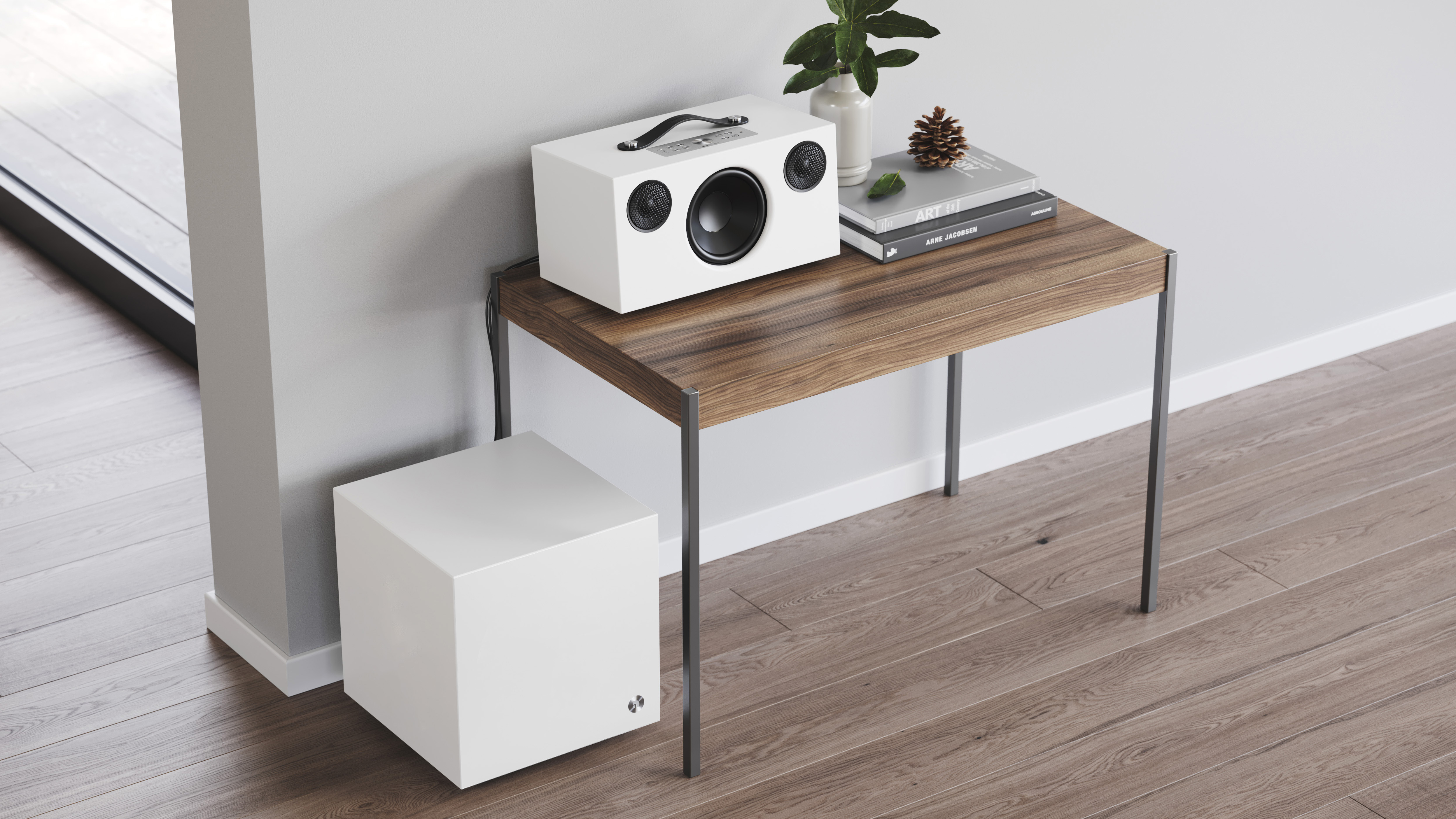
It's worth remembering that most multi-room speakers can function as a standalone wireless speaker, so you don't have to buy more than one speaker to get started. But it's not really multi-room until you do, is it?
Multi-room ranges now include wireless speakers, smart (i.e. voice-controlled) speakers, soundbars and subwoofers, AV receivers, stereo amplifiers and network streamers. There are also clever little components that can connect an existing hi-fi system to a multi-room system, such as the Sonos Connect.
Brands such as Denon, Sony and Yamaha have brought their AV electronics into play, giving their home cinema amplifiers multi-room smarts so they too can join in on the audio streaming action.
How do multi-room systems work?

There are two main ways multi-room systems work: by creating their own mesh network or by using your wi-fi.
Sonos, one of the early pioneers of more affordable, consumer-friendly multi-room systems, forms its own mesh network. This means having initially connected to your home internet, the speakers form their own internal network.
This way, you're not using your home wi-fi when you're streaming music and that tends to make the system more robust.
Most other multi-room systems connect and communicate using your home’s wi-fi network. This means they are reliant on the strength and stability of your network and will have an impact on your network bandwidth.
In each case, you’ll need to download the dedicated app used by each brand to connect and control your system.
All the brands mentioned here have their own app that you use to control your music across your multi-room system. Sonos has its excellent Sonos Controller, Bluesound has its BluOs Controller app, Denon its HEOS app, Yamaha uses MusicCast, B&O uses BeoLink, Naim's Audio App is up there, and so on.
In the majority of multi-room cases, you’re tied into a single brand’s ecosystem – brands want you to buy into their systems, after all – so you can’t mix a Sonos speaker with a Bluesound speaker, for instance, to create your multi-room system.

But you don’t have to stick to a single brand if you don’t want to. Thanks to open platforms such as DTS Play-Fi, Apple AirPlay and Google Chromecast, you can mix and match your multi-room system to include several brands and types of products.
So anything that supports, say, AirPlay 2 (which is the majority of wireless devices these days) can work together in a multi-room environment. And that has massively improved the accessibility of multi-room set-ups.
Bear in mind that there are two subtle distinctions of multi-room: ones where you can stream multiple sources to multiple devices and rooms (such as Sonos or DTS Play-Fi), or single sources to multiple devices and rooms (AirPlay 2 and Chromecast).
DTS Play-Fi
Instead of creating their own app and multi-room ecosystem, brands can simply sign up to use DTS Play-Fi’s app. DTS Play-Fi is an app that lets you stream music across selected products from manufacturers such as Arcam, Audiolab, McIntosh, Klipsch, Onkyo, Pioneer, Martin Logan, Polk and Rotel. You can stream hi-res music using the app, and mix and match brands to your heart’s content – although DTS recommends a maximum of 32 connected devices before the performance starts to suffer. DTS Play-Fi support is becoming less common, but the five-star Audiolab 6000N Play streamer uses it.
AirPlay 2
AirPlay 2 is the latest version of Apple’s proprietary streaming protocol – one that will allow you to stream music from your iOS device (iPhone or iPad) to more than one product. There’s no separate app to download – the iPhone or iPad itself will be the controller and you’ll be able to stream music over your home's network. Along with the Apple HomePod 2 and HomePod Mini smart speakers naturally carrying the feature, nearly every streaming product arriving now and in the last couple of years has AirPlay 2, allowing owners to connect different brands' products together to play music.
Google Cast
Like AirPlay 2, Google’s Cast (previously 'Chromecast') also lets you stream music across multiple products from various manufacturers, thanks to a huge range of products supporting it – from big-brand TVs and soundbars to wireless speakers and, naturally, Google Nest smart speakers. Its biggest strength over AirPlay 2 is that it’s open to all OS platforms, whereas AirPlay only works with Apple devices as the source. And it supports hi-res passthrough too.
Amazon Echo & Alexa
You can also link up any of Amazon’s Echo family of smart speakers to create a multi-room set-up through the Alexa app. It doesn't support hi-res audio, but supports multi-room via Amazon Music and Spotify streaming.
- Our pick of the best Alexa speakers you can buy
What about multi-room with voice control?
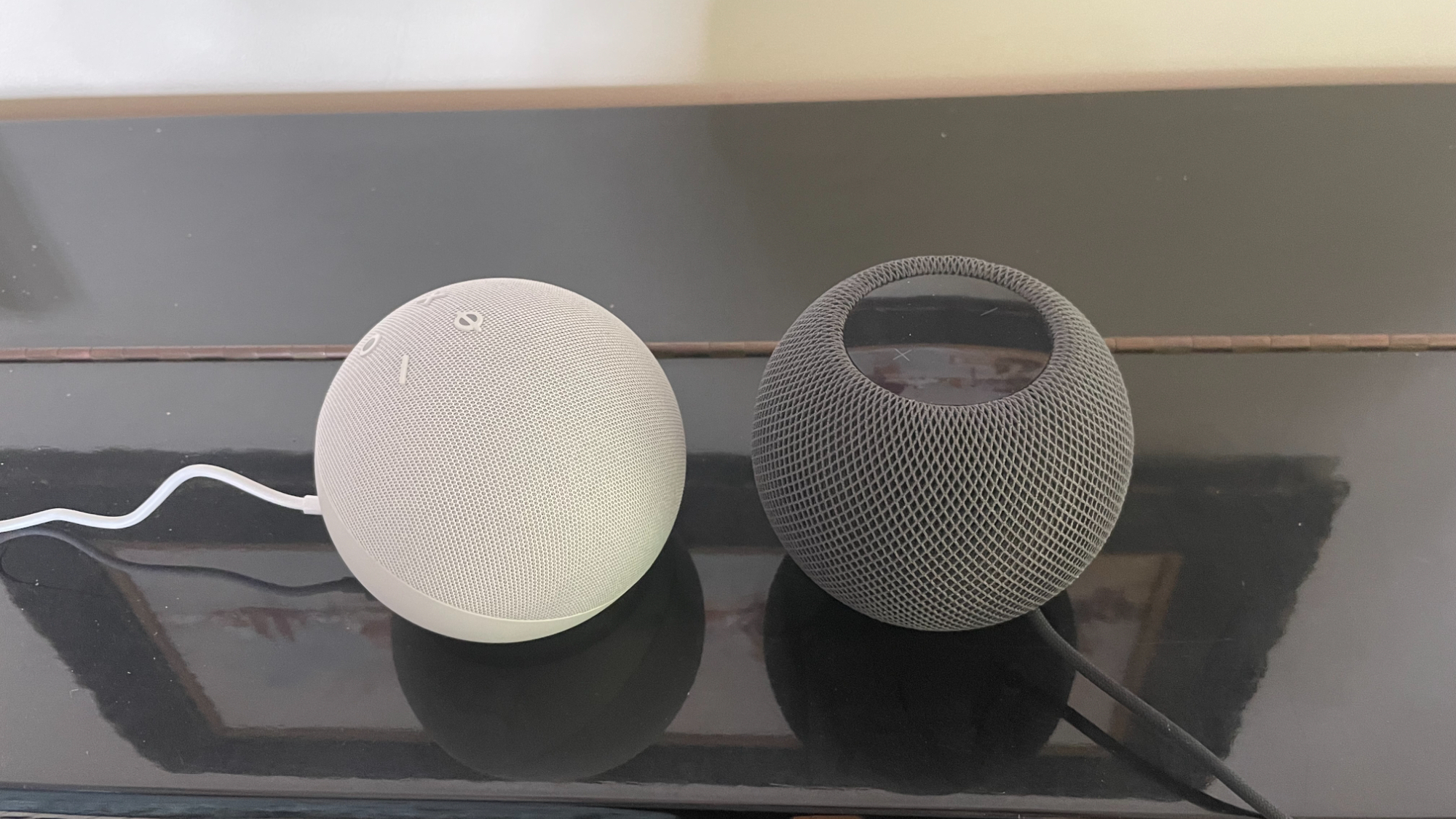
A common feature in the wireless speaker world since 2017 has been voice control.
Amazon Alexa and Google Assistant are both now available on various multi-room speakers and systems, with a whole host of brands partnering with one or other of the voice systems. Apple's Siri is integrated into its HomePod speaker only, but you can still access Siri on products that support AirPlay 2 – you'll just be speaking to your iPhone instead of the speaker.
The Sonos wireless speakers, and Beam 2 and Arc soundbars go one step further by offering both Alexa and Siri (thanks to AirPlay 2), and the multi-room giant has now not only integrated Google Assistant as well but developed its own Sonos Voice Control. Once you connect the Beam or One/Era 100 to other supported Sonos/AirPlay 2 products in your home, you can control your entire multi-room system using voice commands.
It also means you can access the various tasks that those specific voice assistants are best at doing – for instance, ask Siri to select your favourite Apple Music tune while asking Alexa to set mood lighting on your Philips Hue smart bulbs – from one speaker.
An alternative (and cheaper) way of getting voice control is to simply plug in the Amazon Echo Dot (5th Generation) (Alexa) or Google Nest Mini (Google Assistant) – both under £50/$50/AU$100 – into your existing hi-fi, AV or multi-room system.
What about multi-room audio quality?
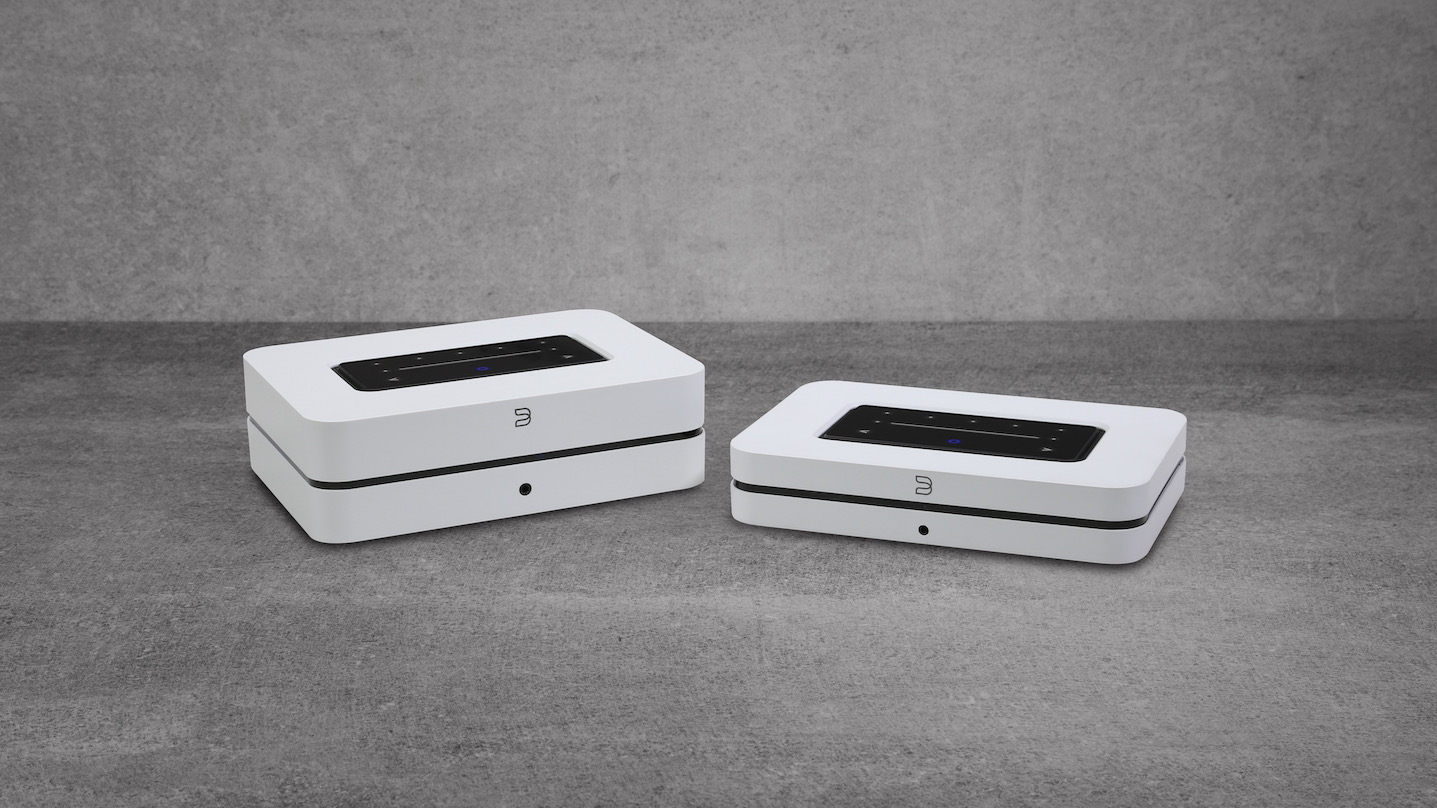
Naturally, we think audio quality should be near the top of your list of considerations. Most multi-room systems support music up to CD quality (16-bit/44.1kHz), but an increasing number also supports high-resolution audio streaming up to 24-bit/192kHz.
Google Cast supports hi-res audio up to 24-bit/96kHz, while Sonos has recently got hi-res audio onboard by supporting 24-bit streams from Qobuz and Amazon Music. Apple's HomePod 2 supports Lossless (24-bit/48kHz) streams from Apple Music, albeit not the Hi-Res Lossless (anything over 24-bit/48kHz) library. And Bluesound and Audio Pro kit support 24-bit music too.
Really, wireless hi-fi components pretty much universally support high-resolution audio up to 24-bit/192kHz nowadays.
Multi-room systems are as much about how easy they are to use and live with, and the features they support, as their audio performance.
It’s why Sonos continues to offer the best overall multi-room experience. It has the slickest app, the widest range of integrated services, and is the best system to live with. It sounds good, too. And it’s remained relevant and fresh over the years by constantly streamlining its multi-room features. Audio Pro's system comes close, offering the best sound-per-pound performance we've encountered in a long while in a multi-room system. As does Apple's HomePod speaker family for iOS users.
When it comes to the sound quality of the individual products, it's simply a case of comparing on a case-by-case basis in the same way you would stereo speakers or streamers. As always, you can, of course, rely on our expert reviews.
3 best multi-room system families
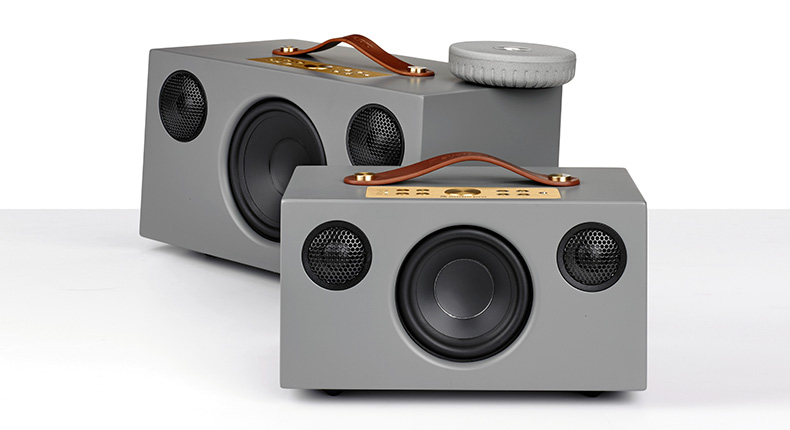
Audio Pro
Not the most advanced system around and its control app needs work, but no multi-room system makes better sound-per-pound sense than the Audio Pro. The key to their performance is musicality unrivalled by anything at a similar price – or even quite a lot more. And that's why they continue to take home What Hi-Fi? Awards. Multi-room speakers include the Award-winning Addon C3 and Addon C10 MkII and the five-star Addon C5, while the brand has more recently expanded into stereo speakers such as the A48, too.
Read our Audio Pro reviews
Sonos
It’s facing more competition than ever, but no multi-room offering is as complete or as pleasurable to live with as Sonos. With incomparable support for streaming services, voice assistants and a wide range of connected products, Sonos continues to dominate this sector of the tech market. Multi-room products include the Sonos Era 100, Era 300, Sonos Beam Gen 2, Sonos Arc, Sonos Sub, plus the collaborative IKEA Sonos speakers. As well as for use in a music system, the Sonos speakers can be used as rear channels with the Beam/Arc soundbars to create a wireless surround sound system.
See which Sonos speaker is best for you
Bluesound
A great option for those who are looking for multi-room audio across hi-fi, wireless speaker and soundbar applications. The Bluesound route (now in its third iteration) has much to recommend it, especially if you want hi-res audio support. Bluesound's line-up includes the Pulse M and Pulse Flex wireless speakers, the Pulse Soundbar 2i and Sub, the Node streamer and the Powernode and Edge streaming amplifiers.
Read our Bluesound reviews
MORE:

Joe is the Content Director for What Hi-Fi? and Future’s Product Testing, having previously been the Global Editor-in-Chief of What Hi-Fi?. He has worked on What Hi-Fi? across the print magazine and website for almost 20 years, writing news, reviews and features on everything from turntables to TVs, headphones to hi-fi separates. He has covered product launch events across the world, from Apple to Technics, Sony and Samsung; reported from CES, the Bristol Show, and Munich High End for many years; and written for sites such as the BBC, Stuff and The Guardian. In his spare time, he enjoys expanding his vinyl collection and cycling (not at the same time).
- Becky RobertsFreelance contributor
